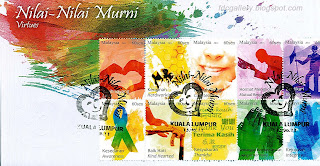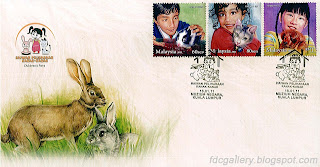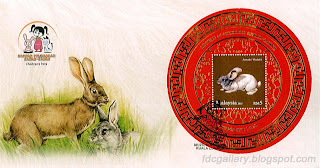On 14th February 2009, 10 artifacts owned by Jabatan Muzium Malaysia were listed in the National Heritage Register. These artifacts have been categorized as Obvious Objects are amongst 173 heritage objects proclaimed as National Heritage. The National Heritage Register is a Register that contains the list of the details of national heritage under Section 23 National Heritage Act 2005.
Pending Melayu / Malay Belt Buckle
The pending is an ornamental belt buckle which was worn by Malays as part of their ceremonial costume to secure the sarong or sarong as early as the 15th century. The Malay Buckle featured is embossed with a plaited wire design with granules and lotus flower motif. The entire buckle is studded with a variety of coloured gems.
Duit Kijang Emas / Gold Coin (Deer)
The coin is the obverse of the gold coin (deer) believed to have been used during the 16th century depicts a deer. On the right is the reverse of the gold coin which inscripted in Jawi “Malik Al Adil”.
Tepak Sireh / Sireh Set of Sultan Abdul Samad, Selangor
The sireh set featured belongs to Almarhum Sultan Abdul Samad, Selangor (1859-1880) made of silver and plated with gold. The casing is embossed with the design of “ketumbit” flowers, butterflies and the state seal. The receptacles placed inside and the shears are also plated with gold.
Duit Emas / Gold Coin Sultan Muzaffar Shah, Johor
The coin featured is minted form gold and was used during the reign of Sultan Muzaffar Shah, Johor (1564-1570). On the left is the obverse side of the coin with the name of Sultan Muzaffar Shah inscripted in Jawi. The reverse of the coin is depicted on the right with the title of the Sultan as “Khalifatul Mukminin” also inscripted in Jawi.
Arch Buddha Duduk / Arch of Sitting Buddha
This statue of sitting Buddha made of terracotta was found at Pengkalan Bujang, Bujang Valley in the South of Kedah. It is estimated to be dated between C1000-1100 CE.
Celepa Diraja Terengganu / Royal Terengganu Tobacco Box
The custom of chewing tobacco was introduced in this country centuries ago. Tobacco boxes were an important part of the Malay regalia particularly among the royalty and noble men who wore tobacco boxes suspended from a chain around the waist.
The gold tobacco box featured belongs to the Terengganu royal family approximately during the 18th century is an excellent workmanship by Malay craftsman. It is made in the shape of a ten-pointed star with multi-petal motif designs. In the middle bears a flower design with inlaid with a red ruby with red glass stones surrounding it.
Duit Emas / Gold Coin Sultan Alau’udin Riayat Shah, Johor
The coin features is minted from gold and was used during the reign of Sultan Alau’udin Riayat Shah, Johor (1527/28 – 1564). On the left is the obverse side of the coin with the name of Sultan Alau’udin Riayat Shah inscripted in Jawi. The reverse of the coin is depicted on the right with the title of the Sultan as “Khalifatul Mukminin” aslo inscripted in Jawi.
Loceng Dong S’on / Dong S’on Bell
This bronze Dong S’on bell was found in a village named Kampung Percu, Muar. The designs and patterns of the bronze bell indicates that it originates from Don S’on, North Vietnam. It is dates sometime during the 15th century that is during the Funan Empire.
Duit Emas / Gold Coin Sultan Zainal Abidin II, Terengganu
The coin featured is minted from gold and is used during the reign of Sultan Zainal Abidin Shah II. On the left is the obverse side of the coin with the name Sultan Zainal Abidin Shah II (1793-1808) inscripted in Jawi. The reverse of the coin is depicted on the right with the title of the Sultan as “Khalifatul Mukminin” in Jawi.
Patung Avalokitesvara / Statue of Avalokitesvara
This status of Avalokitesvara was found in a tin mine that belonging to Anglo Oriental, at Bidor in erak in 1936. It is made of bronze and has eight arms of which however, one hand is broken. It is dated sometime between the 7th and the 12th centuries AD, when the culture of the region was Hindu-Buddhist. The statue weighs 63kg and stands as 93cm height.







